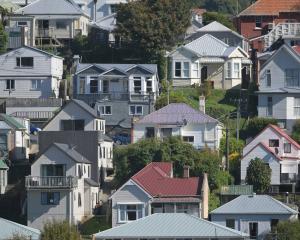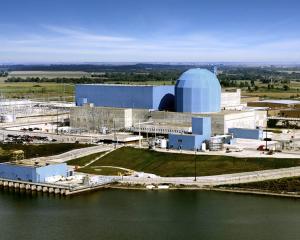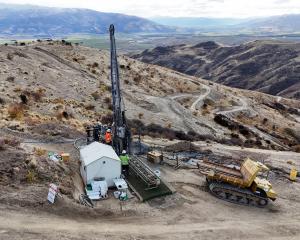This is great to see, as we believe that making our roads safer requires all drivers to be more involved and aware of road safety issues.
Unfortunately, there have been some misunderstandings and inaccurate statements about why the AA wants to see fixed speed cameras made more visible to motorists, so we would like to clarify why doing this will help make our roads safer for everyone.
The AA is one of the leading road safety campaigners in New Zealand and, just to be absolutely clear, we support the use of speed cameras and do not condone speeding. But let's take a step back for a moment and consider what is the ultimate aim of the cameras?
The answer is obviously getting drivers to slow down.
Fixed speed cameras (the ones mounted on permanent poles) are placed in safety black spots where there has been a history of speed-related crashes. It's easy to skim over these words without much impact but in reality we are talking about the scenes of multiple crashes that left ordinary people just like you or me dead or injured. We have to do everything we can to stop these crashes. The fact that some of these cameras are still issuing thousands of tickets shows the current approach isn't succeeding and that speeds are not being managed.
Having signs alerting drivers that there is a speed camera area or camera operating ahead will ensure more drivers slow down in these black spots, and this has to be a good thing.
A fixed speed camera that issues no tickets is a success, achieving its one and only goal. At present, the speed cameras are failing. If the purpose of the camera is to get drivers to slow down and you accept that making people more aware of them is likely to help achieve this, why would you not do it?
The other key point in this debate that needs to be understood is that the AA is calling only for signs ahead of fixed speed cameras. We support the continued use of mobile cameras without signage, such as vans on the side of the road. So if a driver chooses to slow down for a signposted fixed camera and then speed up again, they can be caught by the any time, anywhere mobile cameras, and of course, they can be caught by police officers on patrol. Our call is not about helping drivers avoid tickets, it's about getting drivers to slow down and to check their speed, especially in high-risk areas.
Having signs alerting drivers to a fixed speed camera is done in Australia, the United Kingdom, and most other countries we compare ourselves with for road safety best practice. The Government's very own road safety strategy, Safer Journeys, promotes a safe system approach to road safety. Signage for fixed cameras in speed-related crash black spots is 100% consistent with that safe system approach.
In an ideal world, there would be no need for speed cameras at all because we would all drive within the limits, never make a bad choice or mistake, and no-one would ever be killed or hurt on our roads. Sadly, this is not the case and if we want to keep making progress improving our safety and behaviour on the roads we have to deal with reality rather than how we wish things were.
No driver has grounds to complain about a speed camera ticket. The simple truth is "if you don't speed, you won't get caught". But what the AA is saying is that we think making fixed cameras more visible will help achieve lower speeds on our roads. It would result in drivers checking their speed, slowing down and ultimately, it would make our roads safer.
Surely this is what we all want.










